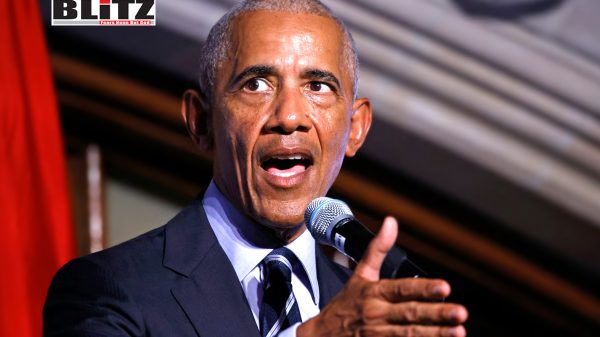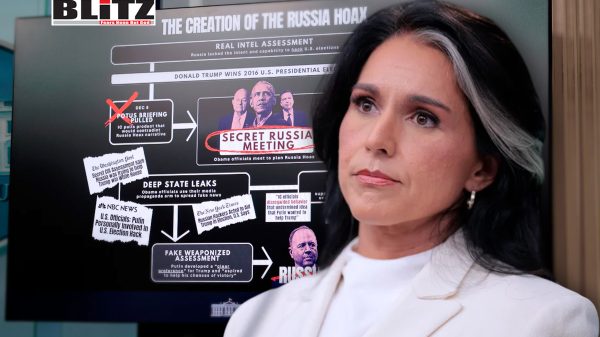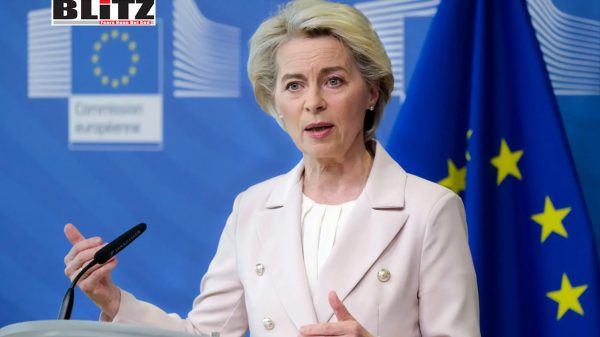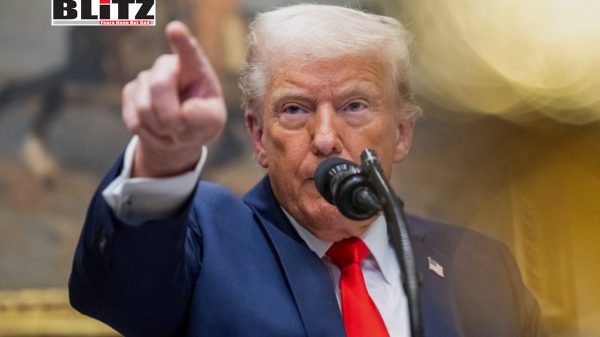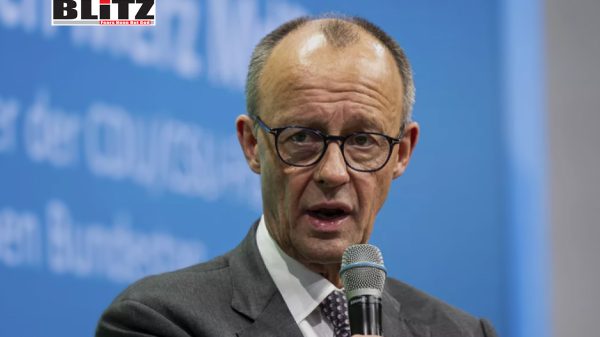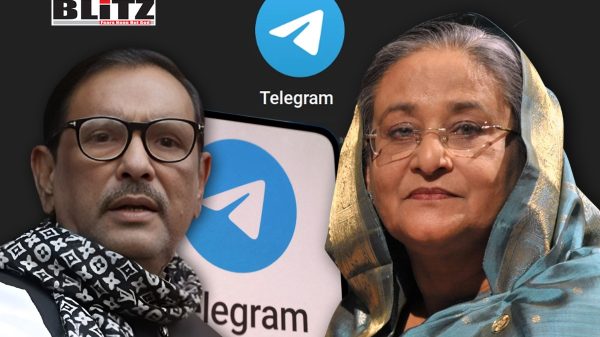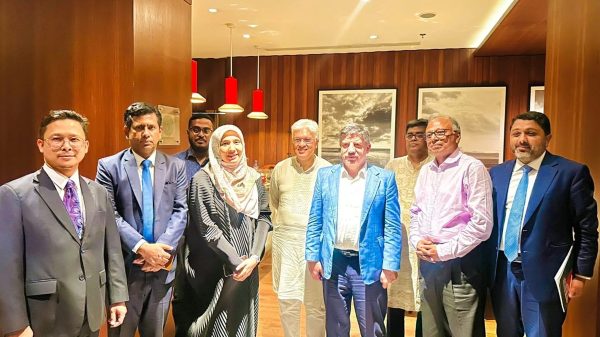Thailand and Cambodia edge toward ceasefire amidst Trump’s trade threats and ongoing clashes
- Update Time : Monday, July 28, 2025
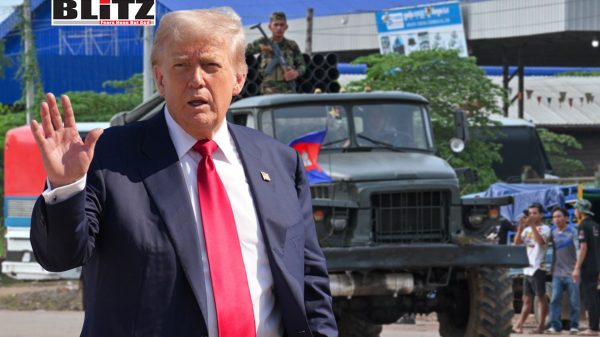
The prospect of peace between Thailand and Cambodia remains tenuous despite both nations publicly agreeing to hold ceasefire talks after mounting pressure from US President Donald Trump. The recent escalation of hostilities between the two Southeast Asian neighbors has left over 30 people dead and tens of thousands displaced. Trump’s unusual intervention-delivered via his social media platform Truth Social-appears to have spurred initial diplomatic movement, but the situation on the ground suggests that tensions remain dangerously high.
At the heart of the conflict is a decades-long territorial dispute rooted in colonial-era cartography. An early 20th-century map created during French colonial rule left parts of the Thailand-Cambodia border ill-defined, particularly near the disputed area surrounding the ancient Preah Vihear temple. While both sides have periodically clashed in the past, this latest flare-up is the deadliest in recent memory.
The immediate trigger came on July 23, when five Thai soldiers were wounded by landmines in the contested zone. Thai officials allege the mines were newly planted-a charge Cambodia denies. The incident spiraled into a broader skirmish the following day, involving artillery exchanges and cross-border infantry operations. Each side accused the other of initiating hostilities and violating previously agreed-upon de-escalation protocols.
By July 27, official reports indicated at least 34 fatalities, including both soldiers and civilians. Satellite imagery and local testimonies confirm that villages near the border have been shelled, forcing tens of thousands to flee to makeshift camps. Aid agencies have reported critical shortages of food, medical supplies, and shelter.
Facing a potential humanitarian crisis and broader regional instability, US President Donald Trump stepped into the fray. On July 26, Trump posted a statement on Truth Social declaring that he had spoken with the leaders of both Thailand and Cambodia, urging an immediate ceasefire.
“We happen to be, by coincidence, currently dealing on Trade with both Countries, but do not want to make any Deal, with either Country, if they are fighting – And I have told them so,” Trump wrote.
He followed up with a second post claiming that both nations had “agreed to immediately meet and quickly work out a ceasefire and, ultimately, PEACE.” Trump has increasingly leaned into using trade leverage as a tool of foreign policy, particularly in regions where traditional diplomatic influence has waned.
Though critics have decried the transactional nature of his approach, Trump’s threat to suspend ongoing trade negotiations appears to have catalyzed a shift in tone from both governments. Cambodian Prime Minister Hun Manet quickly announced his country’s acceptance of an “immediate and unconditional ceasefire.” He emphasized that Trump had confirmed Thailand’s agreement to the same.
Thailand’s Acting Prime Minister Phumtham Wechayachai issued a more cautious statement. While acknowledging discussions with Trump and agreeing “in principle” to a ceasefire, he insisted that “genuine commitment from Cambodia” would be required before any truce could be effectively implemented.
Despite the diplomatic overtures and public affirmations, reality on the ground paints a different picture. On July 27, just hours after the leaders’ statements, Cambodian military officials accused Thailand of launching a “large-scale incursion” into their territory, complete with tanks and sustained artillery shelling.
In turn, Bangkok accused Cambodian forces of violating humanitarian norms by embedding military assets in civilian areas and initiating unprovoked attacks. A statement from Thailand’s Defense Ministry argued that “a cessation of hostilities cannot be reached while Cambodia is severely lacking in good faith.”
These accusations have undermined hopes for a swift resolution. Border residents remain in a state of fear and confusion, with intermittent shelling continuing to displace civilians and destroy infrastructure. Emergency responders and journalists have reported challenges reaching affected areas due to ongoing military activity and road blockades.
In a notable regional development, Malaysian Foreign Minister Mohamad Hasan announced that both Thailand and Cambodia have agreed to hold formal talks in Kuala Lumpur on July 28. Malaysia, which has previously mediated regional disputes such as the South Thailand insurgency and the Southern Philippines conflict, is seen as a neutral and respected broker within ASEAN.
Hasan stated that Malaysia’s role would be “to guide and support the settlement process toward a durable and just peace.” ASEAN officials have expressed cautious optimism that Malaysia’s involvement could help depoliticize the negotiations and shift the focus away from nationalist posturing.
Regional observers have noted that the conflict’s escalation threatens not only bilateral ties but also regional economic stability. Both Thailand and Cambodia are integral to ASEAN’s supply chains, particularly in the electronics and textiles sectors. The continuation of hostilities risks disrupting trade routes, investor confidence, and cross-border labor movement.
While Trump’s intervention has added urgency to the ceasefire efforts, the volatility of the situation means that a return to peace is far from guaranteed. Analysts warn that both countries have domestic incentives to appear tough on border sovereignty, particularly given the military’s prominent role in Thailand’s transitional government and Cambodia’s recent power consolidation under Hun Manet.
“The question now is whether the ceasefire talks can overcome the mutual distrust that has festered for decades,” said Dr. Anong Leelapat, a political analyst at Chulalongkorn University. “There is a narrow diplomatic window-if it closes, we may be looking at a much longer and bloodier conflict.”
As the international community watches closely, the stakes are rising. Peace may still be on the horizon, but with artillery echoing across the border and thousands in limbo, the road to it remains fraught with uncertainty.
Please follow Blitz on Google News Channel


